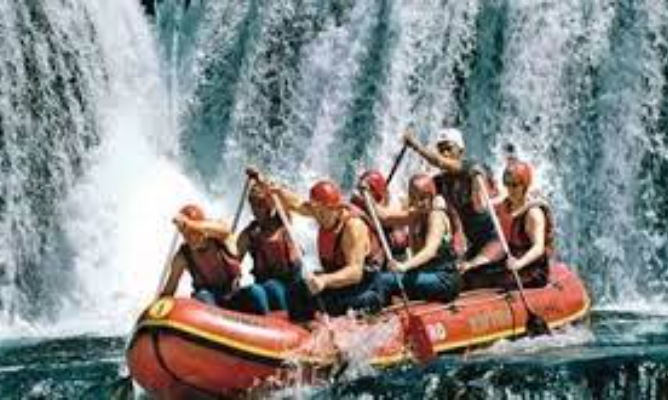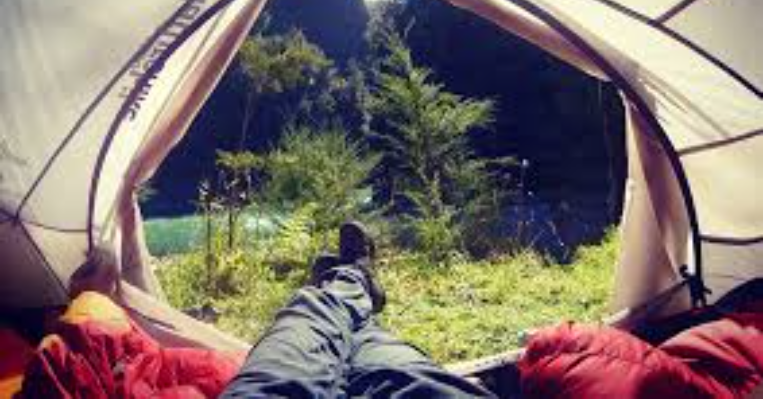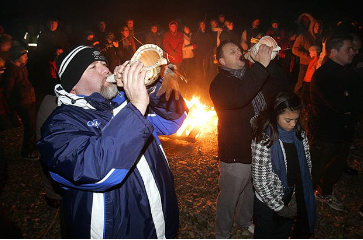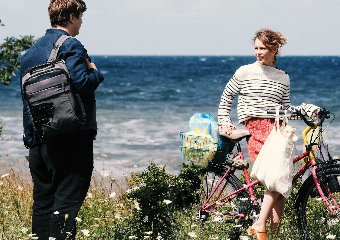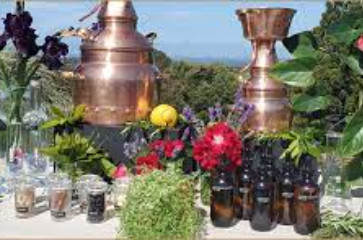The Motu River is the North Island of New Zealand’s last dam-free river, and flows from its source high in the Raukumara mountains 100 kilometres down to the Bay of Plenty.
The rugged region through which the Motu River runs was the last area of New Zealand to be mapped, and much of it still remains a mystery. Rafting the Motu is thus a true wilderness adventure, taking boaters through deep gorges of sandstone, mudstone, and breccia lined with the majestic trees of virgin native forest.
The Motu River can range from Class III to Class V, depending on water level. During most stages, the river is Class IV. Whitewater rafting trips on the Motu range from three to five days in length, so they are perfect for those who want to find an adventurous overnight journey on New Zealand’s North Island. Beginners are welcomed by most outfitters, but should be physically fit and ready for some excitement.

